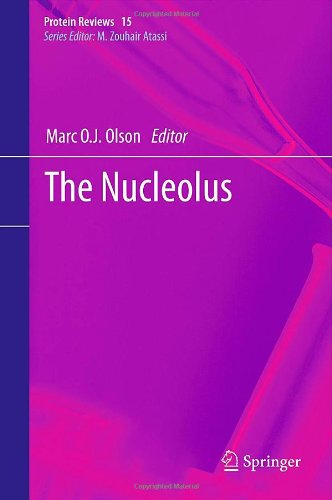

Most ebook files are in PDF format, so you can easily read them using various software such as Foxit Reader or directly on the Google Chrome browser.
Some ebook files are released by publishers in other formats such as .awz, .mobi, .epub, .fb2, etc. You may need to install specific software to read these formats on mobile/PC, such as Calibre.
Please read the tutorial at this link: https://ebookbell.com/faq
We offer FREE conversion to the popular formats you request; however, this may take some time. Therefore, right after payment, please email us, and we will try to provide the service as quickly as possible.
For some exceptional file formats or broken links (if any), please refrain from opening any disputes. Instead, email us first, and we will try to assist within a maximum of 6 hours.
EbookBell Team

4.3
18 reviewsWithin the past two decades, extraordinary new functions for the nucleolus have begun to appear, giving the field a new vitality and generating renewed excitement and interest. These new discoveries include not only the novel functions of the nucleouls, but also numerous breakthroughs on its conventional role. Consequently, a large part of this volume is devoted to traditional functions of the nucleolus. Recent research has led to so much information that the subject cannot be fully contained within one volume, so this book has focused on recent progress in specialized topics within the general subject.
<i>The Nucleolus</i> is divided into three parts: nucleolar structure and organization, the role of the nucleolus in ribosome biogenesis, and novel functions of the nucleolus. Proteomics has shown that there are hundreds of proteins of unknown function in the nucleolus, which are likely to keep researchers busy for years. In addition, the roles of many viral components in the nucleolus will continue to intrigue us, hopefully moving beyond the phenomenology that is now the case with many viral components in the nucleolus. Even now, there is already evidence that we can take advantage of our knowledge of the nucleolus to develop therapeutic strategies, and this book hopes to help build the path to a new era of nucleolar translational medical research.